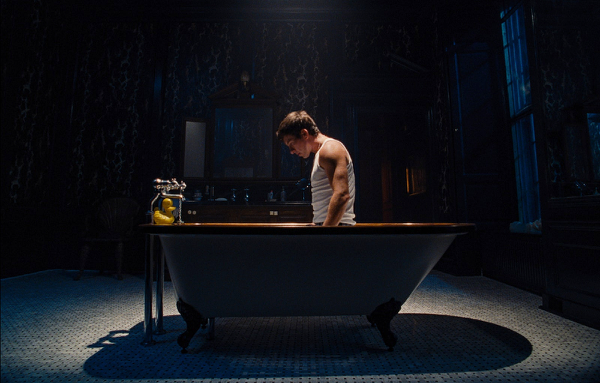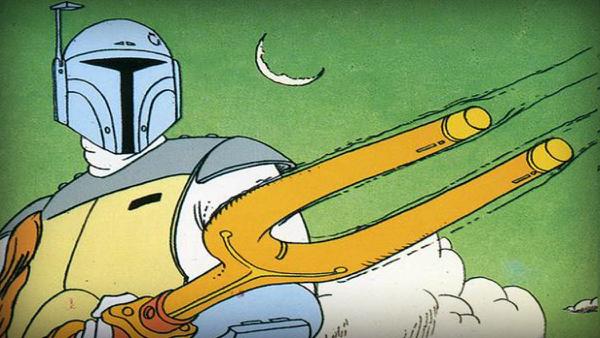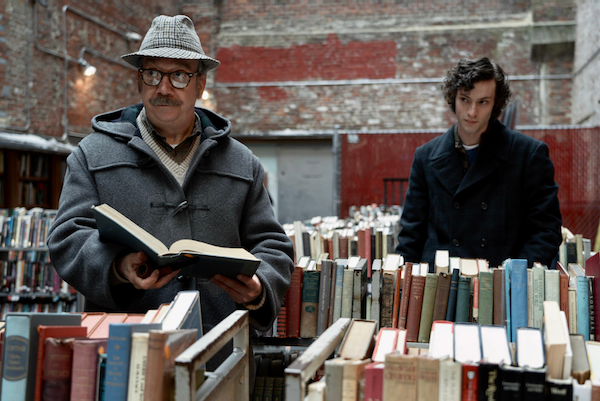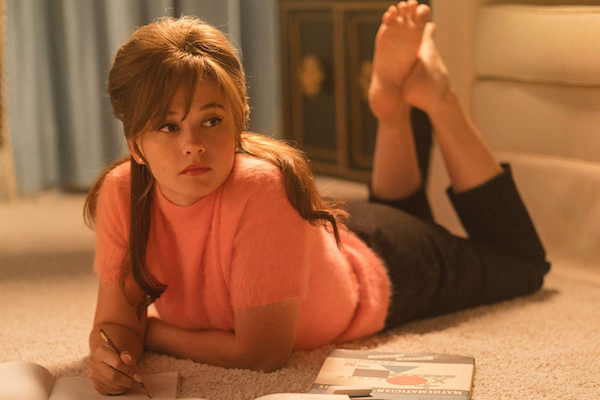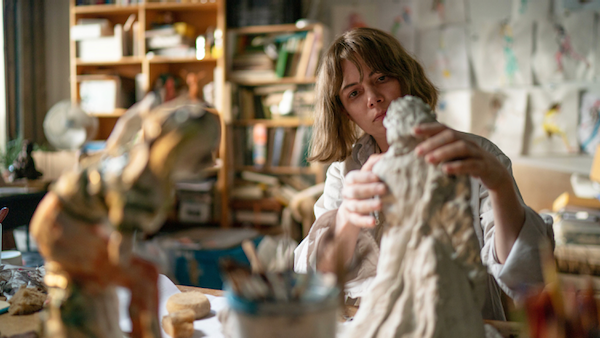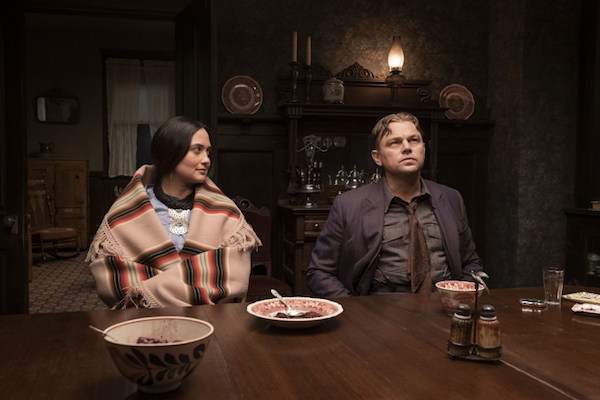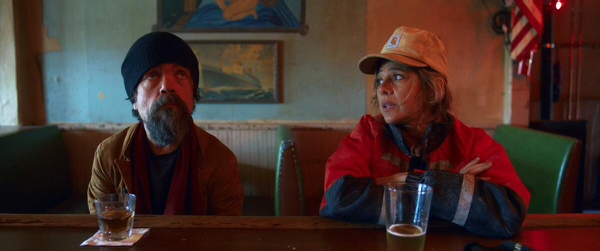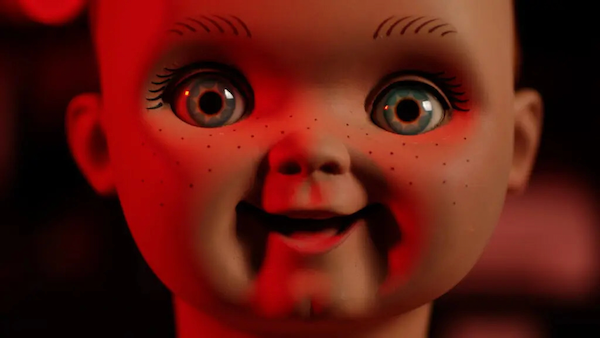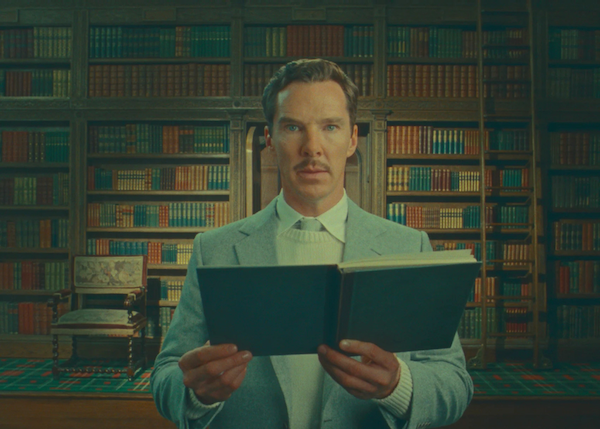Movie review by Greg Carlson
Australian filmmaker Kitty Green’s brilliant nonfiction movies, including the superb “Casting JonBenet,” laid the groundwork for the director’s recent interest in narrative features. In “The Royal Hotel,” Green reteams with Julia Garner (who starred in Green’s “The Assistant”) for another searing depiction of the ways in which women must carefully navigate a world filled with what one character almost offhandedly refers to as “male attention.” It goes without saying that the particular kind of attention described is very much of the unwanted variety. Based in part on Pete Gleeson’s 2016 documentary “Hotel Coolgardie,” “The Royal Hotel” is as harrowing and thought-provoking as Green’s finest.
Garner and Jessica Henwick play Hanna and Liv, American backpackers who invariably claim Canadian citizenship to soften potential hostility as they make their way through Australia. While the original subjects were Finnish, Green’s point is clear: vulnerable strangers in a strange land intensify the risks facing “fresh meat” (as chalked on a sign at the pub where they take temporary employment). Green makes a point of communicating buddy system mechanisms the young women use to protect one another, but leaves no doubt Hanna and Liv are in over their heads.
“The Royal Hotel” is not exactly a genre film, but the horror is as tense as anything conjured up by the presence of supernatural monsters, ghouls, or demons. Green’s awareness of her country’s long traditions of outback-set thrillers informs the filmmaker’s sharp sense of timing and staging. Miles from any city and without an easy escape route, Hanna and Liv make the necessary adjustments to convince their new clientele (and themselves) that everything will be alright, even as Green tightens the screws. An excellent Hugo Weaving, as pub owner Billy, inspires little confidence. Drunk more often than sober, Billy knows that attractive young barmaids will help sell more pints – even at the cost of their personal safety.
Once our protagonists get the hang of serving drinks to the small army of working class toughs who blow off steam at Billy’s place, Green introduces another layer of concern as Liv, like Billy, imbibes on the clock with the unsavory characters who would be delighted to see her in less than complete control of herself. The quiet Teeth (James Frecheville) and the leering Dolly (Daniel Henshall) are a study in contrasts, even though we don’t trust either one. Both men keep a close eye on Liv, much to the dismay of Hanna, whose own suitors include deceptively casual Matty (Toby Wallace) and lively partier Torsten (Herbert Nordrum). More than once, Green gets the viewer to freeze while locked doors are forced open.
As a storyteller, Green must be praised for the confident directorial subtlety that synchronizes the point of view belonging to Hanna and Liv with the one held by the viewer. On the thematic issue of how women “handling a room of drunks” is performance, Amy Nicholson argues a terrific point. Green’s ability to make us second guess every choice made by Hanna and Liv instead of firstly interrogating the actions of the men harassing them underlines the toxic pervasiveness of easy victimization and intimidation that permeates too much of world culture.

